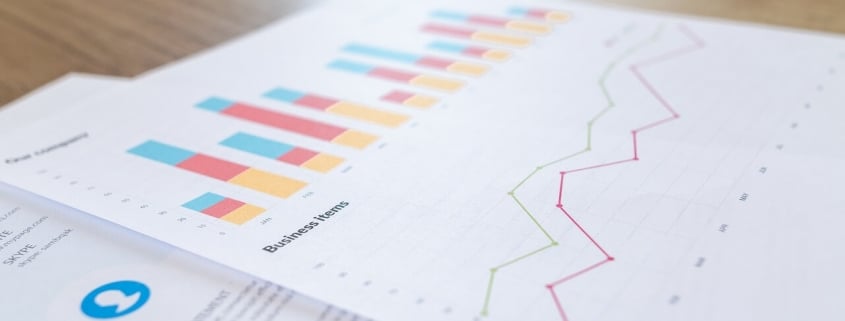- The Stability Program confirms the commitment to the fiscal consolidation process, which will allow the Spanish economy to reach the budgetary balance in 2022
-
The Independent Authority for Fiscal Responsibility (AIReF) has endorsed the new macroeconomic scenario as prudent
- The reform program is aligned with the recommendations of the European Commission and the main international organizations
The Delegate Commission of the Government for Economic Affairs has updated the Stability Program 2019-2022 and the National Reform Program of 2019 for its referral to the European Union. The shipment is made in compliance with the obligation of all Member States to present their National Reform Programs and their Stability Programs each year in the month of April to the European Commission, within the framework of the European Semester for the coordination of policies economic
In both documents, the acting Government explains the recent evolution of the Spanish economy, the progress in the reform agenda and the fulfillment of the specific recommendations formulated by the European Council in July 2018, as well as exposing the macroeconomic and fiscal scenario to medium term.
Stability Program 2019-2022
The Stability Program details the macroeconomic scenario foreseen by the Government for the period 2019-2022, which foresees that the Spanish economy will gradually converge towards the potential growth rate and will continue to maintain positive growth differentials with respect to the euro area.
The Independent Authority of Fiscal Responsibility (AIReF) has endorsed the new macroeconomic scenario as prudent.
Spain's GDP growth reached 2.6% in 2018, in line with the Government's forecasts. The Spanish economy grew above the euro zone average for the fourth consecutive year and the positive growth differential widened in the second part of the year. The Spanish economy has shown a high degree of resistance in a less favorable international context, thanks to the remarkable dynamism of domestic demand and an intense process of job creation. This positive trend continues in the first months of 2019, ratified by the advance of National Accounts published today by the National Institute of Statistics (INE) which shows a growth of 0.7% of GDP in the first quarter, one tenth higher than that of the fourth quarter of 2018.
Forecasts suggest that domestic demand will continue to be the engine of growth in the projection period. Among the components of domestic demand, private consumption is expected to continue growing at high rates. The investment in equipment will maintain an expansive path based, basically, on the growth of the demand, the reorganization of the balance sheets of the companies and the favorable financial conditions. With regard to the foreign sector, real exports of goods and services will grow at rates close to 3%, higher than in 2018 (2.3%). On the other hand, imports will grow at rates similar to those of exports, in line with the evolution of demand.
In this context, it is expected that the balance of the current account balance will continue to be surplus, standing at 0.5% of GDP at the end of the forecast period and accumulating 10 consecutive years of external surplus, which will allow to continue reducing the indebtedness external of the economy.
Economic growth will continue to create jobs, with rates of change close to those of GDP throughout the forecast period. With this, the unemployment rate will continue to fall, reaching below 14% in 2019 and 10% of the active population in 2022, a figure not reached since the beginning of 2008.
The Stability Program confirms the process of fiscal consolidation, with a forecast of a reduction in the public deficit of up to 2% in 2019 and a gradual decrease in the coming years that will allow the budget balance to be reached in 2022.
Starting in 2019, primary surpluses will be recorded, which will make it possible to accelerate the reduction of the public debt to GDP ratio, to below 90% at the end of the forecast period.
National Reform Program
The Delegate Commission of the Government for Economic Affairs has also approved the referral to the European Commission of the National Reform Program (PNR).
This Plan includes structural actions to increase the potential growth of our economy in order to face future challenges. In line with the recommendations of various international organizations, with the 2030 Agenda for Sustainable Development and with the roadmap that has guided the Government's action, the National Reform Program includes a coherent set of reforms and actions to lay the foundations for a sustainable and inclusive growth with seven axes:
(1) Fiscal sustainability and inclusive growth; (2) Training and human capital; (3) Ecological transition and sustainable development; (4) Scientific and technological progress; (5) An efficient and fair labor market (6) Reduction of inequality and protection of the Welfare State and (7) Efficient administration and modernization of the institutional architecture.
(tagsToTranslate) Press office (t) ministry of economy and competitiveness (t) mining (t) minister's office (t) press (t) news (t) Spain (t) communication management (t) press office ( t) economy (t) competitiveness (t) company (t) trade (t) science (t) innovation (t) i + d + i (t) policy (t) laws (t) finance (t) export (t) import (t) banks (t) treasury (t) financial policy (t) macroeconomic analysis (t) insurance (t) pension funds (t) international economy (t) ine (t) statistics (t) epa (t) survey active population (t) ico (t) credit (t) competence (t) cnc (t) cnmv (t) national commission market values (t) compensation insurance (t) csic (t) ieo (t) inia (t) cdti (t) iac (t) ciemat (t) igme (t) isc III (t) press conference (t) press release (t) press release (t) report



